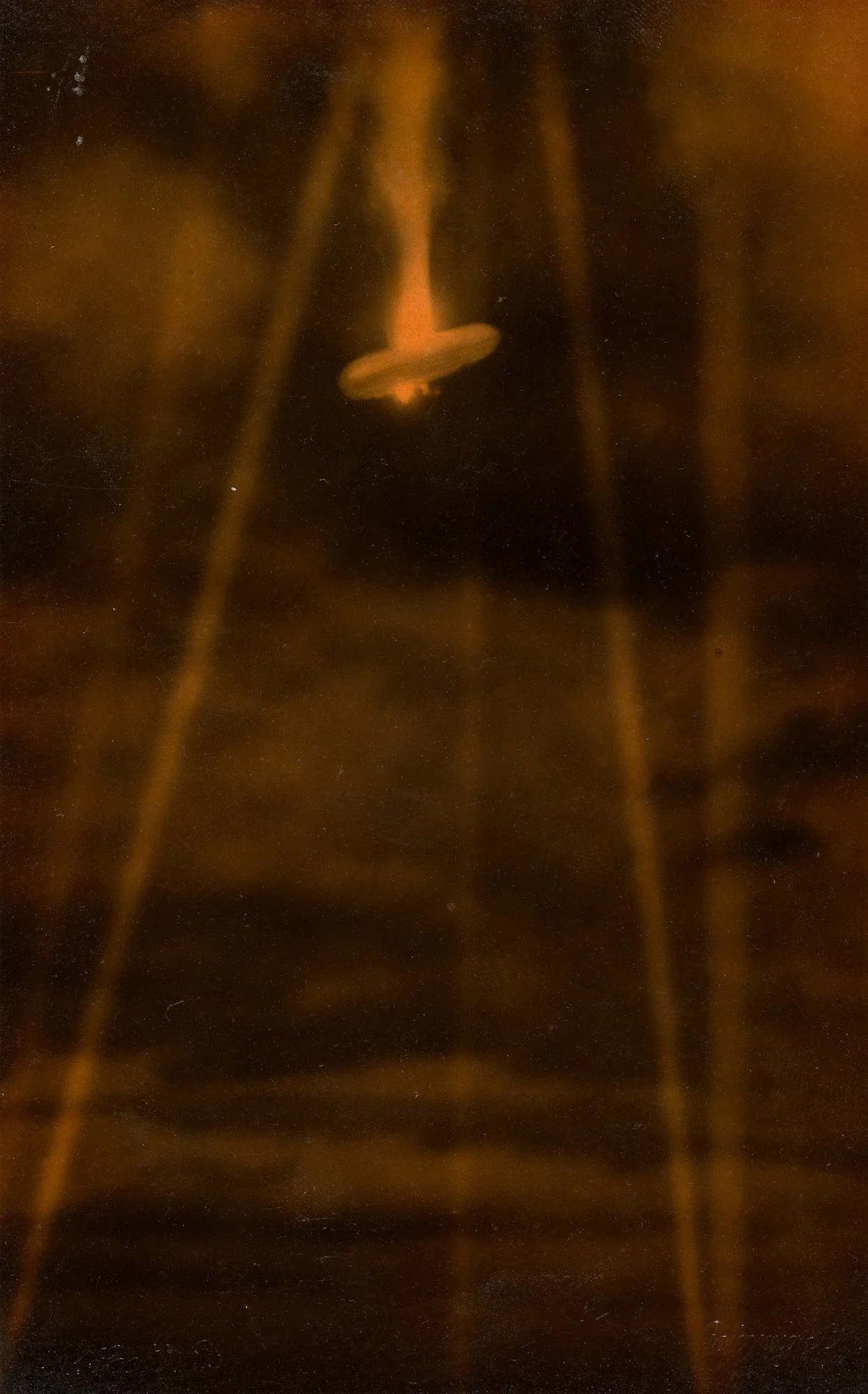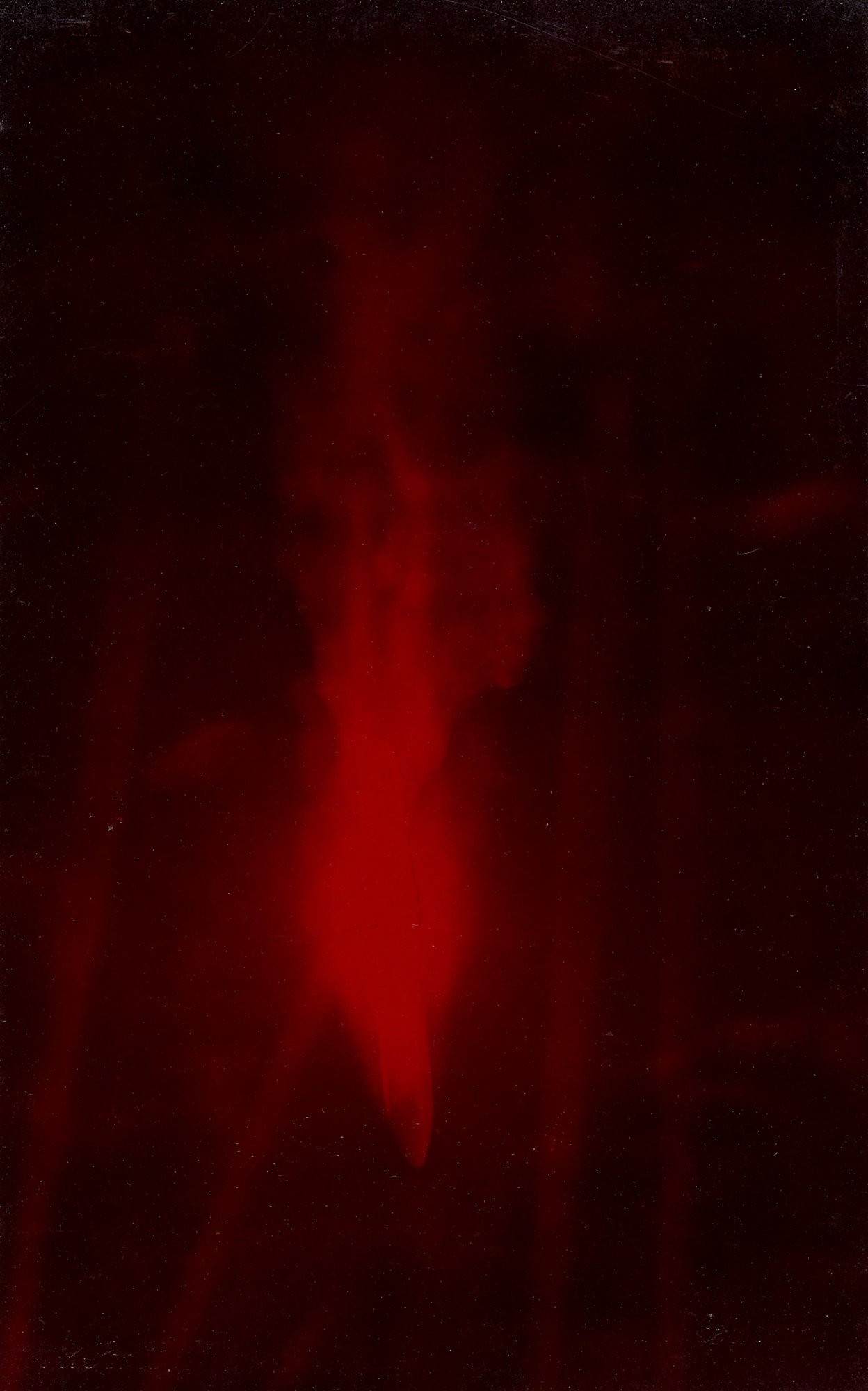
RESEARCH PROJECTS
-

A Tyranny of Intimacy: Stasi Surveilliance & its Photographic Afterlife
A Tyranny of Intimacy: Stasi Surveillance and its Photographic Afterlife offers a new perspective on the ways in which the German Democratic Republic’s Ministry for State Security undertook mass photographic surveillance of its citizens and foreign enemies. Over the course of the GDR’s surveillance regime the Stasi’s meticulous records resulted in 180 kilometers of files, 35.6 million card indexes, tape recordings, videos, and over two million photographs (Childs 1999). As part of their observation practices the Stasi photographed suspicious activities in public places, citizens attempting to escape across the Berlin Wall, and documented related evidence of failed and successful escapes to the West. As such, the surveillance regime both undermined and reinforced a sense of private and public life for GDR citizens, which has had a residual effect in terms of contemporary aesthetic responses to the visual legacy of the Stasi.
The Stasi surveillance machine has captured the imagination of the public through film, media, and visual culture. This book comprises a close study of Stasi surveillance photographs and their contemporary afterlife with rich photographic material previously unpublished.
IMAGE: BStU Berlin
-

Accidents, Anarchism, Calamity: Picturing British Disaster 1864-1939.
The mutual development of modernity with the photographic medium in turn-of-the-century Britain intersected with events of anarchy, natural and industrial disasters, urban tragedies, and a global pandemic. From the Clerkenwell explosion and mining disasters to World War I Zeppelin raids, the Spanish influenza and the Crystal Palace fire, the media recorded such events for the public in news articles increasingly accompanied by visual media such as drawings, engravings and later - photographs. This research project considers the ways in which the visual record was used to inform the public of such events, and the changing aesthetics of such images driven by technological advancements, public desire, and media practice. Enhancing the sense of spectacle driven by media and political propaganda, a burgeoning visual culture brought catastrophe and disaster into the homes of millions via the production of stereo views, postcards, and the illustrated news.
Image: H. Scott Orr (1881-1972) The destruction of airship SL-11 near London Sep 1916
-

Modernist Photobooks, Propaganda and the Everyday
Supported as a Sloan Fellow in Photography at Bodleian Libraries, University of Oxford (Trinity College) 2023-2024, this project will study part of the substantial collection of over 2000 photobooks generously donated in 2020 by Sir Charles Chadwyck-Healey. The project will study photobooks in the collection by select photographers/artists whose work engages with modernist aesthetics and modes of representation to image the everyday. This ranges from surrealist aesthetics of the extraordinary in everyday life to representations of work, machines, industry, science, nature, and advertising, indicating the plethora of photographic output and diversity of practice in the modernist period.
The second intersecting area of inquiry is to study the photobook’s capacity for reproduction and vast dissemination, utilising modernist aesthetics with political messaging or propaganda. This double-faceted research inquiry offers a unique means to study the interconnections between Modernism, photography and the public sphere. Donna will take up the Fellowship in the Hilary Term 2024.
Image: Germaine Krull, Métal (Metal). Paris: Librairie des Arts Décoratifs, 1928.